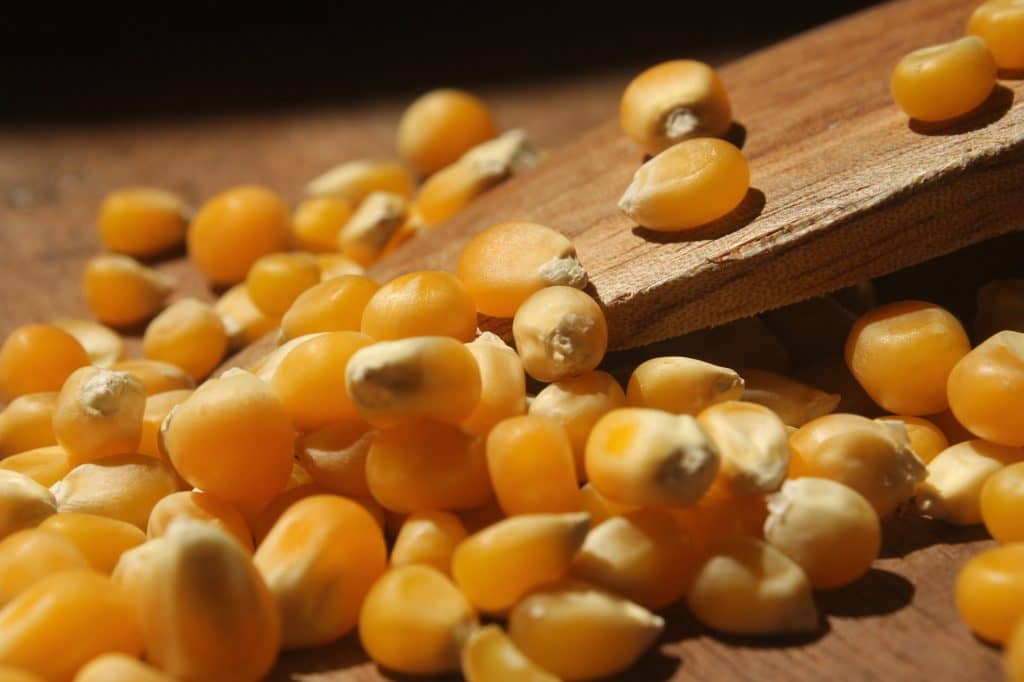Porto Alegre, August 9, 2021 – The 2021 US crop is being defined in terms of production potential. The soil moisture report pointed to worsening conditions in the mid-north section of the Midwest, including much of Iowa. The market is starting to work on the assumption that yields may not reach the levels expected by USDA at 179.50 bushels/acre. Anyway, the US crop will start next month, and there is always some possibility of pressure on prices, especially because prices are high for US growers. Crop size, wheat scenario, and decisions to resume imports by China are important variables in the coming few months.
Last week’s rainfall was limited in much of the Midwest. The period defining the production potential has passed, that is, pollination. Now, the crops are in pod filling stage. Rainfall can now help crops to register some improvement in the final weight of grain and partly offset lower yields. Crops are in good condition in the center-south of the Midwest and must register normal productivity, in some cases even above average. However, the center-north side remains troublesome.
Between the central region of Iowa and the border with Canada, ears are smaller than normal due to the clear reflection of low moisture in spring and summer. Productivity cuts in these locations, compared to expectations, seem normal given these very evident conditions. Therefore, considering the 22 million acres of the area involved in the 2021 drought, yields must be lower and may prevent USDA from confirming a national record crop.
The other parallel factors for this supply and demand report, on the 12th, are based on the update on old crop stocks and the size of the wheat crop. The market expects a new cut in the production and stocks of US wheat, between 20 and 40 million bushels. The wheat market has been very firm in the international environment due to the decline in spring production in the USA and a small cut in production in Russia. Perhaps there will be some downward correction in German production too due to excessive rainfall.
For corn, there is a current that believes in stable corn stocks for the old US crop, that is, 1.09 billion bushels, but a cut of 130 million bushels for the new crop. USDA forecast 1.43 billion bushels for the new crop, and now the market expects 1.3 billion, or only 33 million tons. Such a cut could be explosive for the CBOT prices for the new crop, perhaps making prices surpass USD 6.00/bushel. Of course, there is the harvest ahead, and the production of 375/380 million tons has its impact on prices as well.
Other variables then arrive at this assessment. China has been more than 60 days without buying US corn. Could it resume purchases amid its local harvest even with the arrival of its own crop in October? Another point is the projection of imports by China in 2022. Would it maintain the pace of 30 million tons? Would it increase volumes since its internal stocks do not exist, even with the good 2021 crop to be reaped? Would the Chinese government continue to control its domestic market to avoid rising prices on the CBOT? China remains the big doubt of 2022.
A situation is evident regarding Brazil. The pace of shipments is lower, but with a target of 20 million tons this business year against an initial expectation of 35 mln tons. Besides, Brazil has started to import from Argentina. So, the ‘Brazil effect’ on the international market is the switch of shipments to other exporters such as Ukraine, Argentina, and the United States, adding new purchases to the Argentine and, perhaps, the United States markets from October. These are factors that can limit the pressure on prices in the middle of the US harvest.
Agência SAFRAS Latam
Copyright 2021 – Grupo CMA

